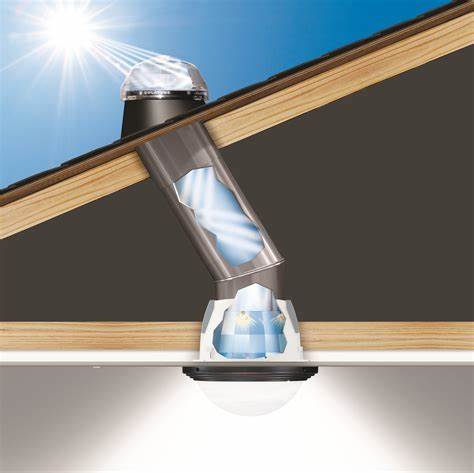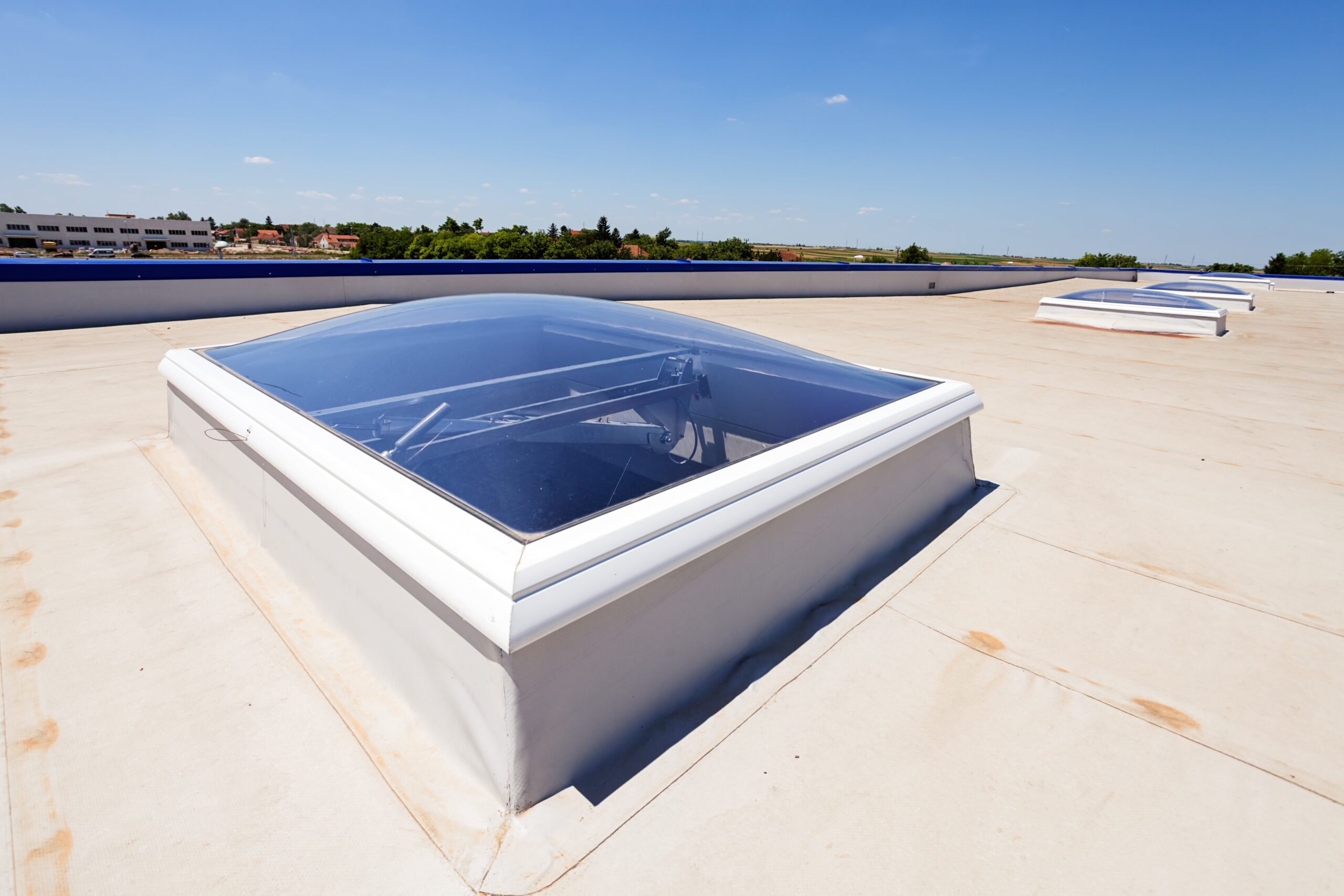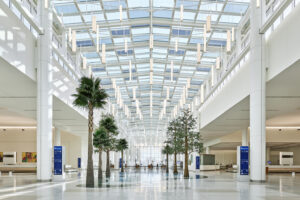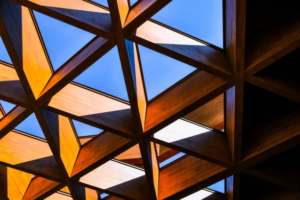Rooflights come in various types and shapes, each designed to fulfil specific functional and aesthetic needs in industrial, commercial, and public buildings such as schools, hospitals, libraries, conference halls, exhibition centres, and sports facilities.
Rooflights placed on the market
Rooflights placed on the market can be broadly categorised into two main types: individual rooflights and continuous rooflights:

Individual rooflights (regulated under harmonised European Standard EN 1873) are standalone units strategically positioned across the roof to deliver daylight to specific areas of a building. These units can often be opened or closed individually, making them ideal for targeted natural lighting or natural ventilation needs.

Continuous rooflights (regulated under harmonised European Standard EN 14963) extend across larger sections or even the entire length of a roof. They provide a seamless, unbroken expanse of illumination, flooding large interior spaces with natural light. These rooflights are commonly used when the design prioritises maximising daylight across expansive interiors, creating a more open and visually connected environment.
Boosting funcionality: Fixed or openable?
Rooflights can be constructed from various materials for their frames and glazing, and they come in diverse shapes to complement the building’s design. Depending on the desired functionality, the installed rooflights may be fixed or operable.
1. Fixed rooflights

Fixed rooflights are stationary, non-opening units designed to maximise daylight entry. They are ideal for spaces where natural ventilation is not a priority but abundant natural light is essential.
2. Opening rooflights

Opening rooflights can be opened and closed manually or via automated systems, providing both natural light and ventilation.
Advanced automated systems may include sensors to monitor environmental factors like temperature, humidity, CO₂ levels, or indoor air quality, adjusting ventilation automatically for optimal comfort, and enhancing user convenience and flexibility.
Enhancing architectural design
1. Flat rooflights

Flat rooflights have a minimalist design and are typically used in modern and contemporary buildings. Flat rooflights can be either fixed or openable, depending on the desired functionality.
2. Dome Rooflights

Dome rooflights are characterised by their rounded, dome-like shape. They are commonly used in commercial and industrial buildings, and are known for their durability and ability to withstand harsh weather conditions.
3. Pyramid Rooflights

Pyramid rooflights feature a pyramidal or triangular design. Due to their capacity to add unique architectural functionalities, these rooflights are often used in public spaces like atriums.
4. Multi-Faceted Rooflights

Multi-faceted rooflights feature multiple faces or facets that capture light from different angles. This design enhances light diffusion and distribution, making them suitable for large interior spaces like shopping malls and exhibition halls.
5. Sloped Rooflights

Sloped rooflights are designed to match the pitch or slope of the roof, blending with the building’s architecture while maintaining the roof’s aesthetic integrity.
6. Tubular rooflights

Tubular rooflights feature a compact, roof-mounted dome that captures daylight and channels it through a reflective tube into the interior below. They are particularly effective for introducing daylight into spaces far from the building’s perimeter.




